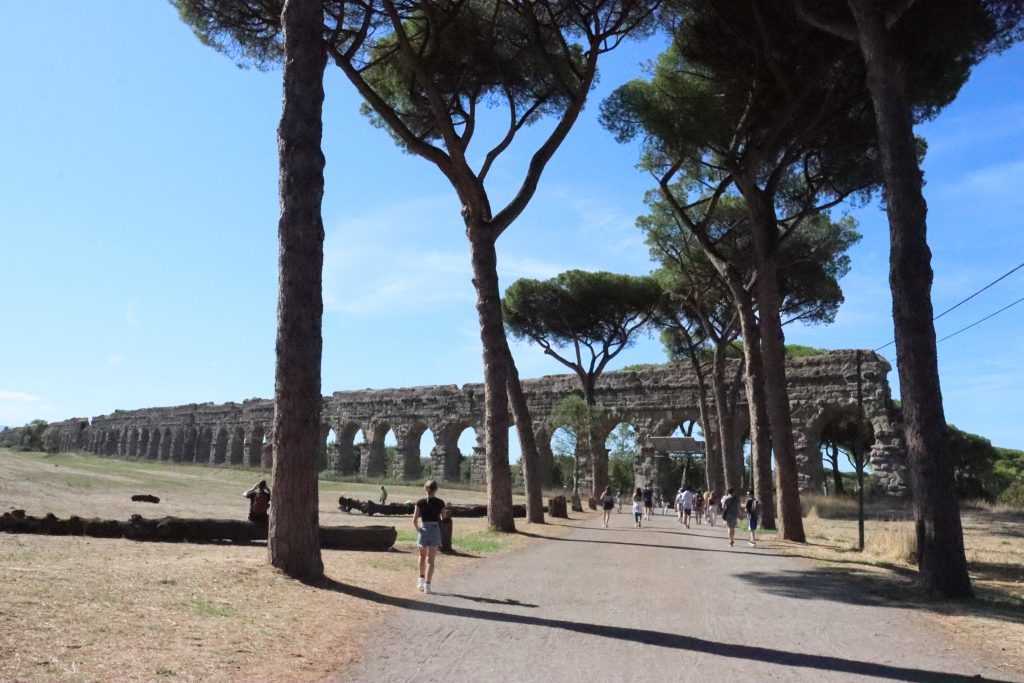Exploring the Roman Aqueduct Park: A Walk Through Ancient Engineering
The Roman Aqueduct Park, or Parco degli Acquedotti, is a hidden gem in Rome that offers a unique glimpse into the engineering marvels of ancient Rome. Located just a few kilometers from the city center, this park is a serene escape from the bustling streets of Rome and a must-visit for history enthusiasts and nature lovers alike. The park is home to several ancient aqueducts, which were once vital for supplying water to the city. Today, these impressive structures stand as a testament to the ingenuity and skill of Roman engineers.
Discovering the Aqueducts
The Roman Aqueduct Park is home to the remains of seven ancient aqueducts, including the Aqua Claudia and the Aqua Anio Novus, which are among the most well-preserved. These aqueducts were built between 312 BC and 226 AD and were crucial in transporting water from distant sources to the city of Rome. The park provides a unique opportunity to see these ancient structures up close and appreciate their scale and complexity.
As you walk through the park, you’ll notice the towering arches of the aqueducts stretching across the landscape. These arches were constructed using a combination of stone and concrete, showcasing the advanced engineering techniques of the Romans. The aqueducts were designed to use gravity to transport water over long distances, with a gentle slope ensuring a steady flow. This ingenious design allowed the Romans to supply their city with fresh water, supporting a population of over a million people at its peak.
Enjoying the Natural Beauty
In addition to its historical significance, the Roman Aqueduct Park is a beautiful natural area that offers a peaceful retreat from the city. The park covers over 240 hectares and is filled with lush greenery, open fields, and walking paths. It’s a perfect spot for a leisurely stroll, a picnic, or simply to relax and enjoy the scenery.
The park is also home to a variety of wildlife, including birds, rabbits, and foxes, making it a great place for nature enthusiasts. As you explore the park, you’ll find plenty of spots to sit and take in the views of the aqueducts and the surrounding countryside. The combination of ancient ruins and natural beauty creates a unique and tranquil atmosphere that is hard to find elsewhere in Rome.
Practical Tips for Visiting
Visiting the Roman Aqueduct Park is a rewarding experience, but there are a few practical tips to keep in mind to make the most of your visit. The park is easily accessible by public transportation, with the nearest metro station being Giulio Agricola on Line A. From there, it’s a short walk to the park entrance.
The park is open year-round, and admission is free, making it an affordable option for travelers. It’s best to visit during the spring or fall when the weather is mild, and the park is at its most beautiful. Be sure to wear comfortable shoes, as you’ll be doing a lot of walking, and bring water and snacks, as there are limited facilities within the park.
While the park is generally safe, it’s always a good idea to be aware of your surroundings and keep an eye on your belongings. If you’re interested in learning more about the history of the aqueducts, consider joining a guided tour, which can provide valuable insights and enhance your experience.
